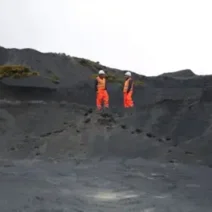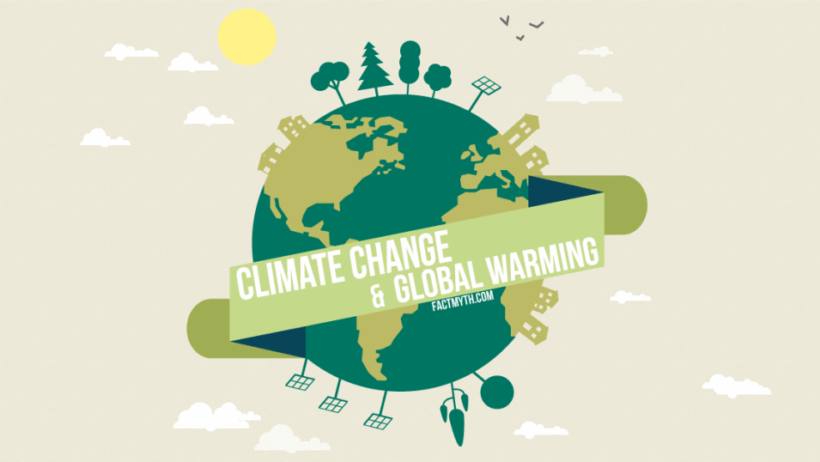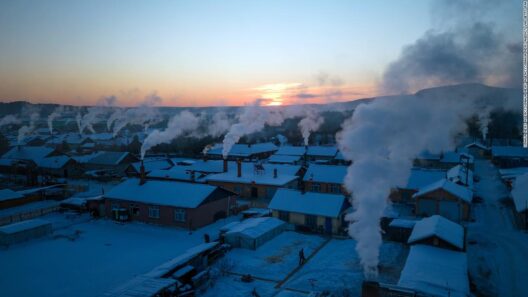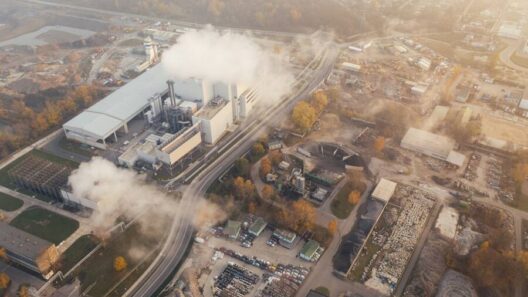Global warming is a complex phenomenon that cannot be solely reduced to the emissions of greenhouse gases. While it is undeniable that carbon dioxide (CO2), methane (CH4), and nitrous oxide (N2O) play pivotal roles in the regulation of our planet’s temperature, a comprehensive understanding of global warming requires an exploration of several additional factors. Herein lies an extensive examination of the multifaceted nature of global warming, addressing various contributing elements beyond just greenhouse gases.
First and foremost, land use change is a significant driver of global warming. When forests are felled for agriculture or urban development, not only is carbon stored in trees released into the atmosphere, but the land’s ability to sequester carbon is also dramatically diminished. Deforestation accounts for nearly 10% of global greenhouse gas emissions, primarily due to the loss of photosynthetic activity. This detrimental alteration of land impacts local climates and contributes to increased temperatures, exacerbating the effects of greenhouse gas emissions.
Further complicating the narrative are aerosols—tiny particles suspended in the atmosphere that can both cool and warm the planet. Aerosols emitted from volcanic eruptions, industrial processes, and biomass burning can reflect sunlight and induce a cooling effect. However, certain types of aerosols, like black carbon, absorb sunlight and warm the atmosphere. These particles play an intricate role in the Earth’s climate system, often masking the underlying severity of global warming by temporarily diminishing surface temperatures.
Oceanic dynamics also warrant consideration in discussions surrounding global warming. The oceans serve as both a sink for carbon and a regulator of global climate. They absorb approximately 25% of CO2 emissions, yet as they become increasingly saturated, their capacity diminishes. The interaction between the oceans and the atmosphere is manifested in phenomena such as El Niño and La Niña, which significantly influence weather patterns worldwide. For instance, an El Niño event can lead to warmer sea surface temperatures, directly impacting global climate systems and creating conditions conducive to extreme weather events.
Moreover, feedback mechanisms within the climate system further complicate the global warming narrative. The melting of polar ice caps and glaciers reduces the Earth’s albedo, or reflectivity. As ice diminishes, darker ocean or land surfaces are exposed, which absorb more sunlight and further amplify warming. This positive feedback loop exemplifies how one climatic change can trigger additional responses in the environment, thereby accelerating the warming process.
Another element to consider is the role of soil health in climate stability. Healthy soils are vital for carbon sequestration. When soils are disturbed through agricultural practices or urbanization, they release not only carbon but also methane, which can be more than 25 times as potent as CO2 over a 100-year period. Practices such as monoculture farming and excessive tillage degrade soil health, further diminishing its capacity to store carbon and ultimately exacerbating global warming.
Furthermore, biodiversity loss acts as an underlying layer in the fight against climate change. Ecosystems rich in flora and fauna are often more resilient to climate shifts and capable of sequestering more carbon. The extinction of species and loss of habitat can disrupt these systems, leading to decreased ecological function and carbon storage capabilities. Conserving biodiversity is thus not just an environmental issue, but intimately linked to mitigating climate change.
A historical perspective is also essential when considering factors contributing to global warming. The Industrial Revolution marked a significant turning point, with the exponential increase in fossil fuel consumption leading to unprecedented levels of greenhouse gases in the atmosphere. However, industrialization’s impact extends beyond emissions, as it has transformed societal behaviors, energy consumption patterns, and economic structures—all of which interrelate with environmental health and stability.
Climate justice is another critical dimension to explore. Vulnerable populations, particularly in developing nations, are often the least responsible for carbon emissions yet bear the brunt of climate-related impacts. Consequently, discussions surrounding global warming must include considerations of equity and ethics, recognizing that solutions should be inclusive and actionable for all communities. As the impacts of climate change intensify, it will be imperative to address the disparate effects on various populations and invest in adaptive strategies.
Lastly, technological innovation presents a dual edge in the discussion of global warming. On one hand, advancements in renewable energy, carbon capture and storage, and energy efficiency hold promise in mitigating greenhouse gas emissions. On the other hand, reliance on unproven technologies can lead to complacency, diverting attention from necessary systemic changes. A balanced approach that integrates innovative solutions with sustainable practices is crucial for efficacious climate action.
In conclusion, global warming represents a multifaceted challenge that encompasses a variety of factors beyond greenhouse gases. From land use changes and the role of aerosols to ocean dynamics and the integrity of ecosystems, each aspect contributes to the complexity of climate change. A thorough understanding of these interconnected elements is essential in devising effective strategies for mitigating global warming. Only by adopting a holistic approach can we aim to confront and address the pressing climate crisis that looms over our planet.








